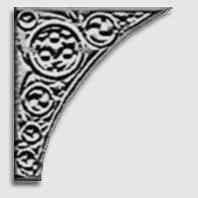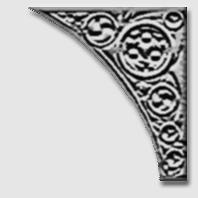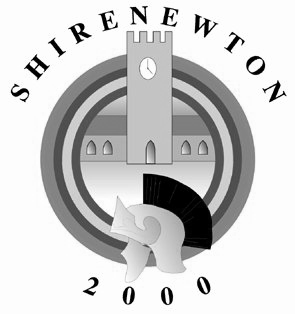

Home
Shirenewton.Org
The villages
Shirenewton
Mynyddbach
Visitor information
Pubs and
Hotels
Places to stay
Monmouthshire
Wales
Local information
ShirenewtonChurch.com
St Thomas
Village fete
Schools
Clubs and societies
Village halls
Local businesses
These pages are dedicated to the memory of
Peter Hesketh.
SHIRENEWTON BELLS AND CHURCH BELL RINGING
The first record of bells at the church of St. Thomas a
Becket was in 1710 when there were three bells. In 1756 a new ring of
five bells was ordered and cast in the nearby town of Chepstow by William
Evans, a well known founder at that time. The number of bells was only
augmented to six after the First World War in 1918, and ringing then continued
until after the Second World War when the wooden bell frame and fittings
gradually fell into disrepair.
The current ring of bells was refurbished with a Millennium Fund grant
and enthusiastic local support, with the work being completed by November
1997. Four bells are part of the original 1756 William Evans' set whilst
the two lightest bells are new, cast by the Whitechapel
Bell Foundry, London, in 1997. This ring of six weighs a total of
1 ton and 3 hundredweight (1189 kg) with the heaviest bell weighing 5
hundredweight (281 kg). As church bells go they are considered a light
and musical set.
Church bell ringing is a mystery to all but those practised in the art.
To the uninitiated it appears to be an unskilled physical process consisting
of swinging about on ropes producing random noise. Bellringing in Britain
developed in the 16th century from a process of "swing chiming",
when the bells were swung either directly or by ropes from side to side
- swing chiming is still common in continental Europe (with certain notable
exceptions such as Northern Italy). The current British system is known
as "full circle ringing" in which the bells are rung through
a full arc of 360 degrees and the bell strikes its note when the mouth
of the bell is facing heavenward. The process of full circle ringing produces
the richest possible sound and in skilled hands is remarkably precise
(to within milliseconds), requires little physical effort on any bell
weighing less than an about 1 ton and allows bellringers to indulge in
the complex system of change ringing.
The art of change ringing (campanology) is unique to Great Britain and
its prior colonies. It is based on a principle of serial unrepeating permutations.
For example the maximum permutations on six bells is 720 and on eight
bells is 40,320. Mathematical systems known as "methods" have
been composed over the last four centuries to allow these permutations
to be reproduced in literally thousands of ways.
Churches vary in the number and weight of the bells they have. Full circle
ringing takes place on modest rings of 3 bells, right up to 12 and now
even 16 bells in the larger churches and cathedrals. Bellringers are generally
interesting, inquisitive, personable, friendly, sociable, fascinating,
fascinated, enthusiastic and of course highly intelligent. They practise
frequently as this ancient art is continuously challenging, and they tour
other belfries on a regular and social basis. Some even visit village
public houses after ringing to discuss the art at length!
If you are local to Shirenewton, contact Glynis
McDonald (01291 641818) or Mike Penney
(01291 650653).
You can also visit the Home Page of the Llandaff
and Monmouth Diocesan Association of Church Bell Ringers.
If you are not local but you wish to indulge in this ancient and fascinating
art, find
more information on the World Wide Web, or contact your local bellringers
- you will not regret it.
